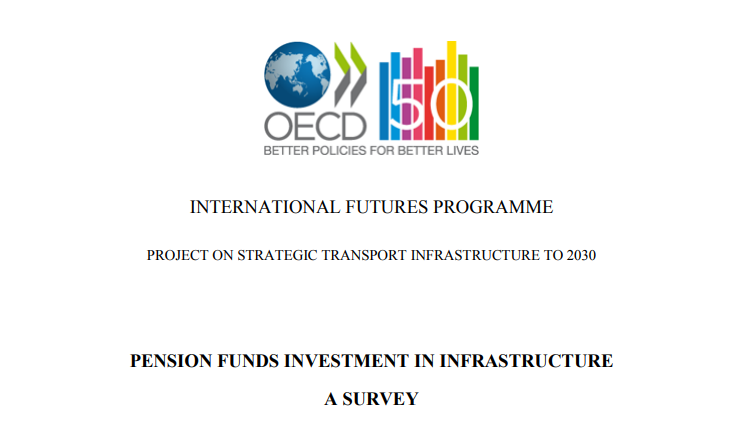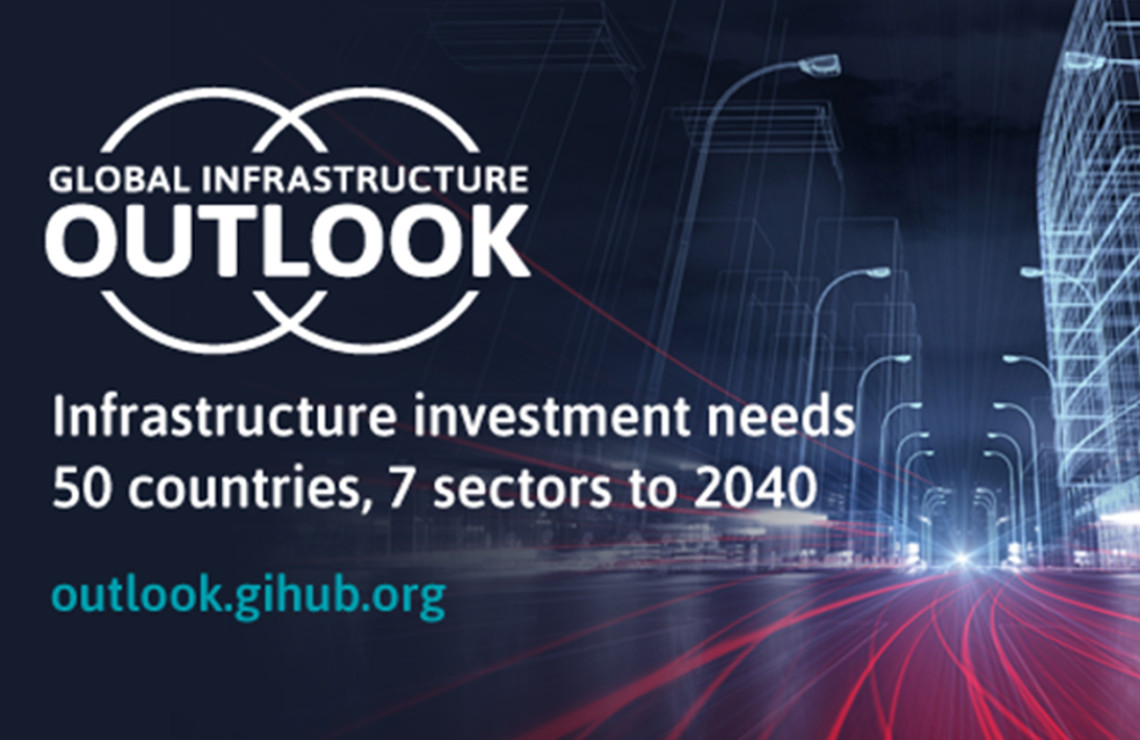1292 results found
Featured results



More results
This paper presents three different approaches to quantifying postive and negative “additionalities” of cross-border transport infrastructure developments in GMS economic corridors.

This paper examines the evolution of infrastructure and the impact of infrastructure investment and public finance shocks on key development indicators and growth performance in the context of middle income countries.

The latest interactive tool from Global Infrastructure Hub forecasts the infrastructure spend need and gap in 50 countries across 7 sectors.

Public-Private Partnerships (PPPs) are now being used in many countries to develop infrastructure projects.


The GI Hub is today launching its new report, Global Infrastructure Outlook, an analysis with Oxford Economics of infrastructure investment needs across 50 countries and 7 sectors to 2040.

The Infrastructure Investment Policy Blueprint offers a practical set of recommendations for governments on attracting private capital for infrastructure projects while creating clear social and economic value for their citizens.



This report primarily focuses on the lessons of International Finance Institutions experience in three areas.


This paper investigates the emerging global landscape for public-private co-investments in infrastructure.


This report gives an overview of the main types of government and market based instruments and incentives able to boost the mobilisation of financial resources to long-term investment.



This paper takes stock of existing indicators and points to recurrent issues affecting the mobilisation of greater investment in infrastructure.






The objective of this survey-based study was to understand the main problems encountered by pension funds when investing in infrastructure.





Automated fare collection (AFC) systems are a key component of sustainable, high-quality urban transport services. This paper addresses the objectives, challenges and lessons learned from AFC schemes, with a particular focus on emerging markets and second-tier cities with limited resources.

These guidelines define the assurance options to be undertaken for a major project, such as: Project Validation Review (PVR) for a major policy initiative, OGC Gate 0 for major programs and more.

This report compares Johannesburg’s Bus Rapid Transit with Its Latin American Siblings

We reviewed existing literature, conducted case studies and interviews, and found that the smart cities context has transformed traditional ITS into “smart mobility” with three major characteristics: people-centric, data-driven, and powered by bottom-up innovations.










